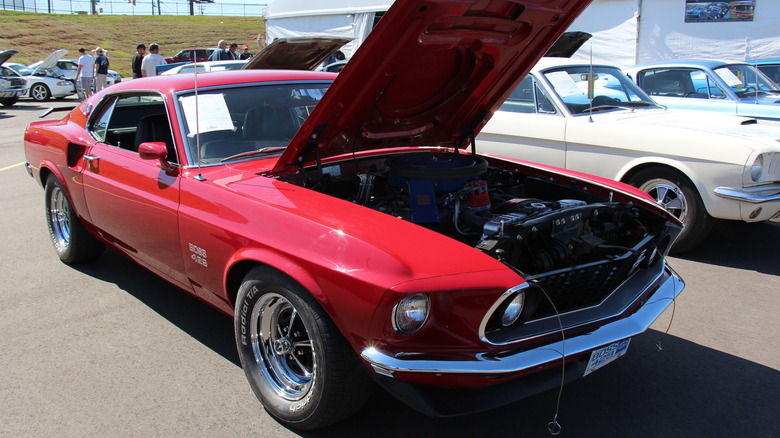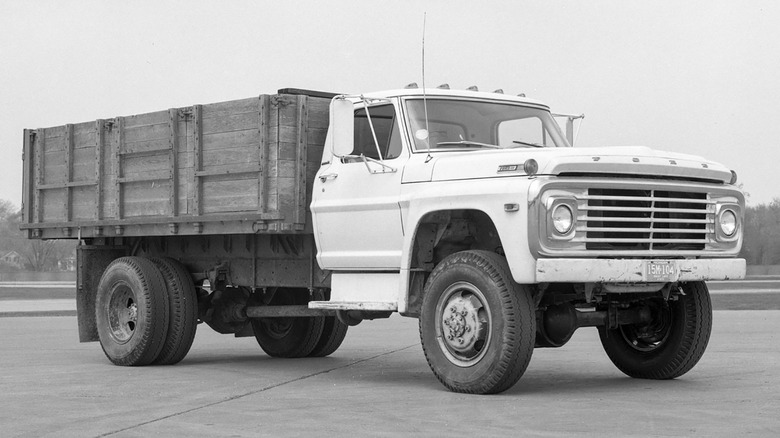Big Block: How Ford's 385 Engine Series Evolved Over Its Lifetime
The car modding community still holds the Ford 385 big-block V8 in high regard, and it's still a go-to unit for a swap even many years after it was discontinued. The 385 engine, also known as "Lima," was one of the biggest engines built by Ford between 1968 and 1997.
The Blue Oval launched this engine as a replacement for the Ford MEL (Mercury Edsel Lincoln) engine, which had been phased out in 1967, almost a decade after it was introduced. Just like the MEL that came before it, the 385 was one of the biggest engines to ever power a production car. It was only beaten for displacement by larger Cadillac V8s or the V10 in the Viper.
Interestingly, unlike many other American V8s named after their cubic capacity, the Ford 385 takes its name from the unit's 3.85-inch crankshaft stroke length. The original 385 introduced in 1968 actually had a 460 cubic-inch (7.5-liter), but a smaller 429 cubic-inch (7.2-liter) was also introduced that same year.
The 385 lived one of the most varied lives of any American V8, as it equipped a broad spectrum of very different vehicles, ranging from the Thunderbird to E- and F-Series vans and pickups. Its big displacement and strong torque made it a favorite for industrial applications where it was used to generate electricity or power large pumps.
Its drag strip success in modified Fords helped spread its renown, as hot rodders quickly discovered that this huge engine could be tuned to produce a lot more power than stock. Even today, over 20 years after the 385 was discontinued, you can still buy a brand-new crate version of the engine for performance applications.
[Featured image by Sicnag via Wikimedia Commons | Cropped and scaled | CC BY 2.0]
Initially Not a Performance Engine
Ford improved the engine several times over its almost three decades of production. It introduced the 460 cubic-inch (7.5-liter) version in 1972, which was sold alongside the 429 for a time before the latter was phased out. Electronic fuel injection (EFI) was added to the 385 in 1988; a thorough modernization of the unit, which was more efficient and polluted less after this major upgrade.
The 385 wasn't intended as a performance engine, at least not at first, but after Ford used one in NASCAR, the wider public started to realize this big block's performance potential. Upgraded versions of the engine found their way under the hood of performance Fords, like the Mustang Boss 429 Super Cobra Jet, which had around 370 horsepower thanks to the use of a unique intake manifold specially designed to work with a Holley four-barrel carburetor, forged pistons, a solid lifter camshaft, and ram air induction.
This was the most potent road application for the 385, but in racing, it was pushed even further. The 1970 Ford Torino King Cobra, built to run in the NASCAR Grand National series, featured the same engine as the Super Cobra Jet, but with more power given its racing tuning.
For truck applications, the 385 was tuned to favor torque over power. In the F-600 and F-700 medium-duty pickups, the 429 cubic-inch unit was used between 1977 and 1991, and it served as an alternative to the standard engine, which was an 8.2-liter V8 turbodiesel known as the "Fuel Pincher."

